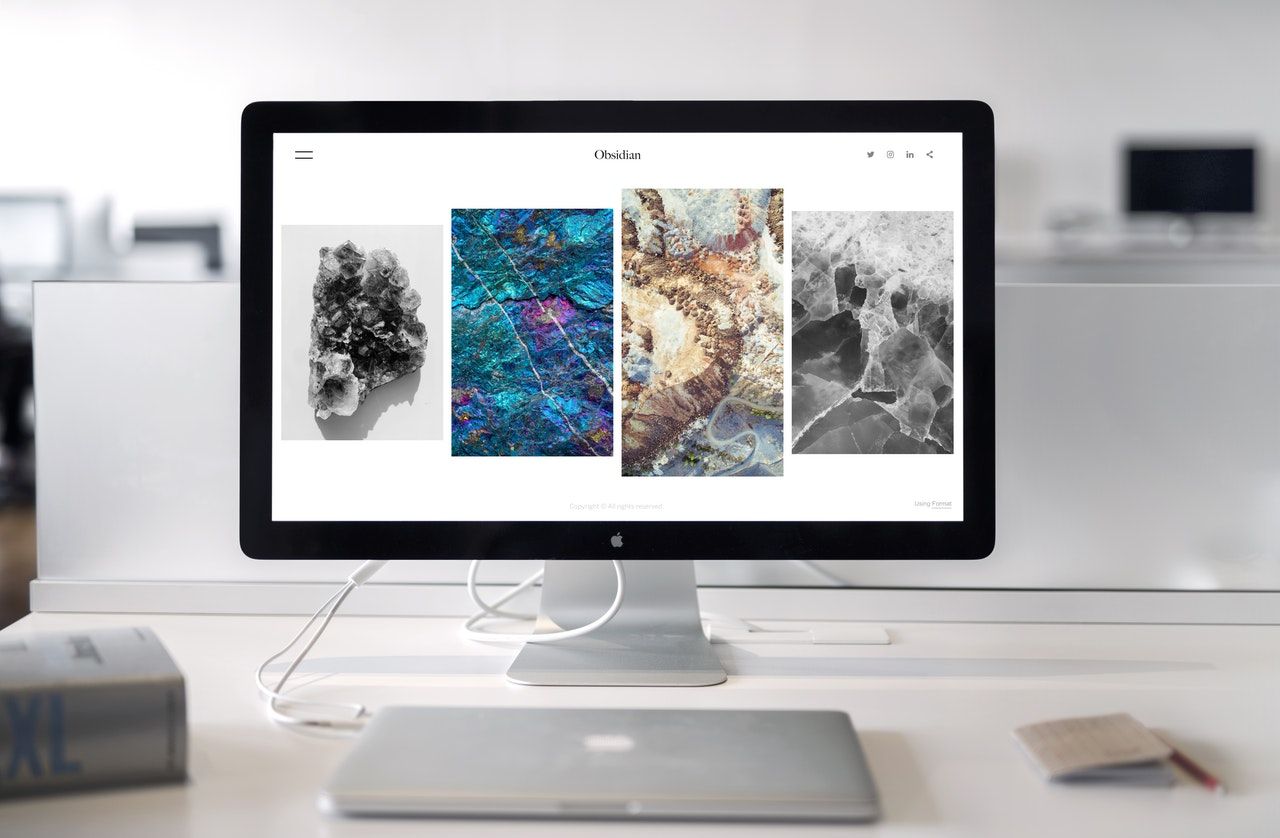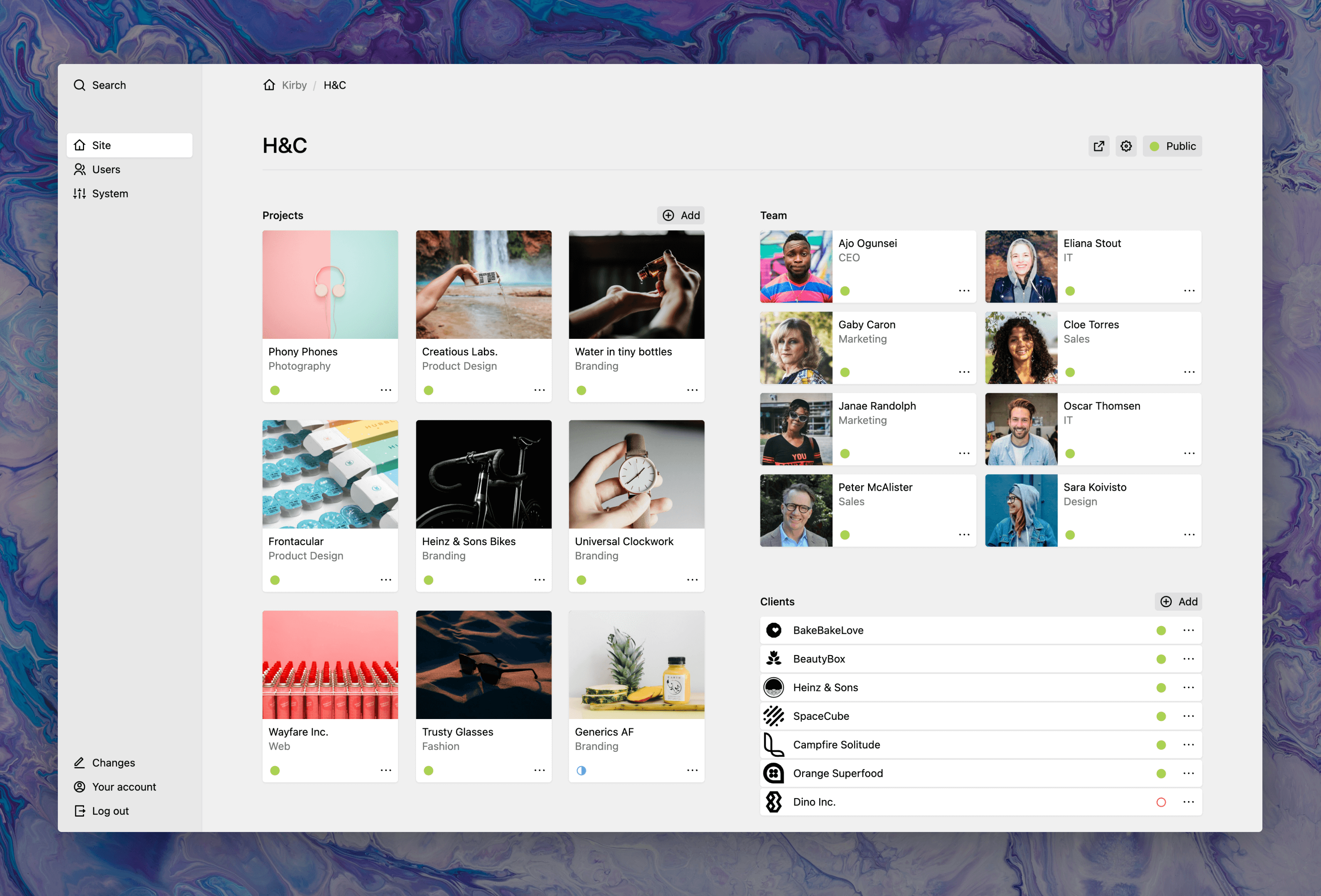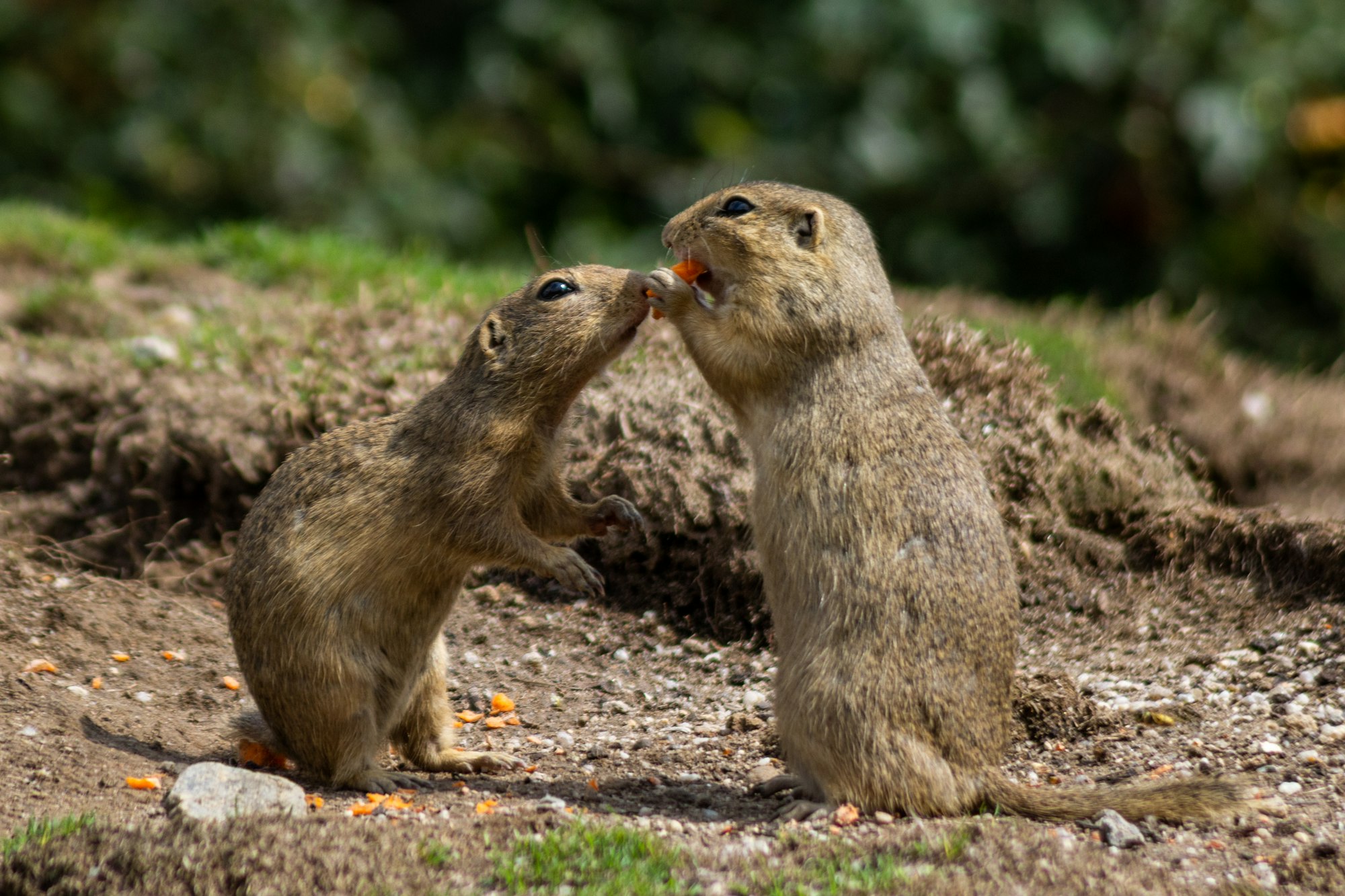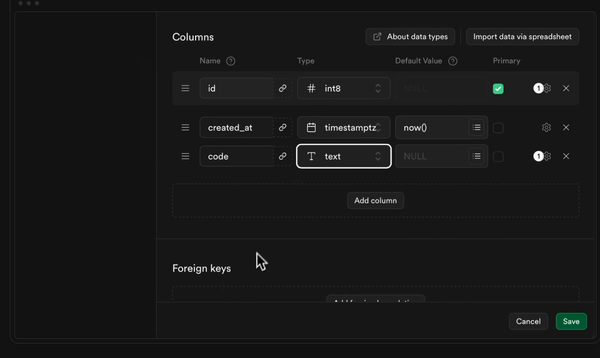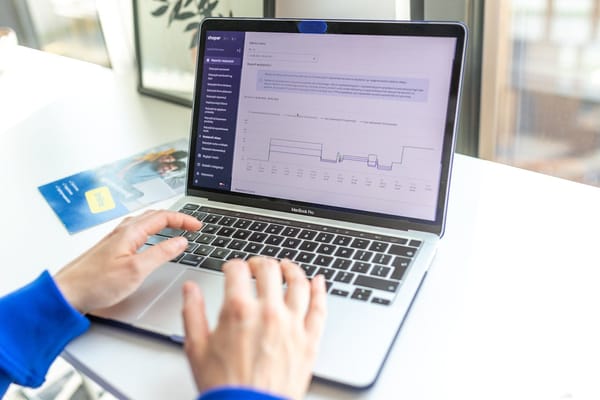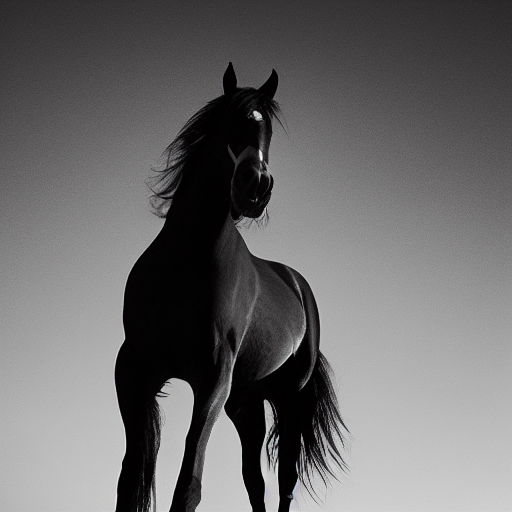Pagekit’s Rise and Fall: Is It Truly Dead?
Table of Content
Pagekit was a sophisticated and modular CMS that once stood out for its elegance and functionality, built using Symfony components and Vue.js.
It reflects over a decade of work, dedication, and the unwavering support of a small but incredibly passionate community.
Clean Interface and Many Features
It featured a clean, responsive interface and an intuitive control panel, making it enjoyable to work with.
The CMS offered versatility for small to medium-sized projects through its modular design, plugins, and themes, which allowed users to customize and adapt it as needed.
CLI Tools
One of its standout features was the command-line interface (CLI) tools, which streamlined tasks like updates and management. For many projects, the combination of custom fields, pages, and posts made it flexible and practical.
Good Days to an End
Despite its potential, the CMS suffered from a lack of consistent updates and official support, leading to concerns about security and reliability.
Although workarounds like Docker installations and pentesting were used to secure setups, the developers eventually archived the GitHub repository. This marked the official end of a once-promising CMS with over 5.5k stars and 600+ forks.
Looking back, Pagekit had significant potential, offering a smooth user experience and flexibility that many developers appreciated.
However, its discontinuation made it impossible to recommend for future projects.
The loss of ongoing support turned what could have been a long-standing CMS solution into a fading memory, leaving its loyal users disappointed.
Looking forward for another CMS alternative
Check our lists.

